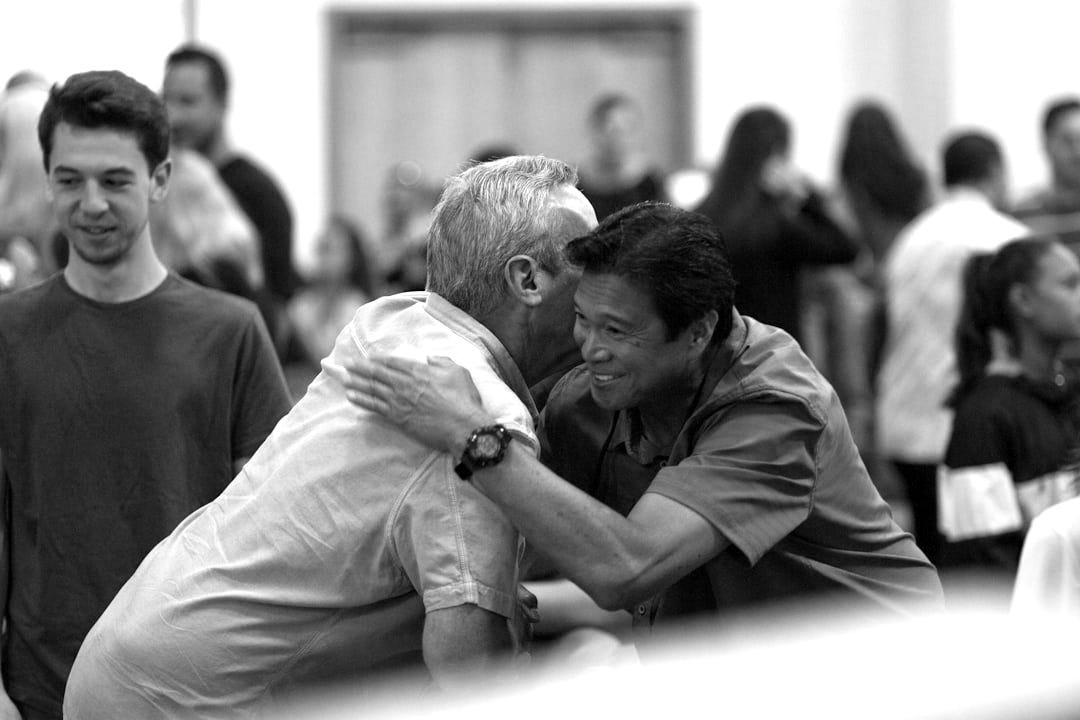That Curious and Slightly Awkward Moment in Traditional Church Services
And why that 'passing of the peace' is so important
This publication exists because of paid subscribers. I’m extremely grateful for their support. If you would like to get access to everything and be able to join the comments, please consider becoming a supporter. It costs less than the average price of one flat white coffee per month (the other options enable greater support for those who choose it). If you’re a free subscriber, I’d love to have you in this with me. Get full access now by becoming a monthly or annual subscriber.

Dear reader,
I’ve got to be honest, as I sit down to write this, the theological and liturgical geek in me is very excited. This is a great topic! If it doesn’t carry the same interest for you, hopefully you at least come away with a greater appreciation for a very short and often awkward part of traditional liturgical services, and how it, like all elements of a service, is there to transform us and inform how we act in the world around us. And if it’s not something that happens in your setting, hopefully you can find things that correspond to it in your world, and see those things with new eyes.
If you’ve grown up around non-liturgical Protestant churches, particularly evangelical churches, sometimes there will come a point in the service where someone from the front encourages everyone to say hi to the people next to them. The intent is purely social, and it’s quite possible that the person on the stage is killing for time as the service transitions from one part to another, or someone is getting themself set up to talk.
It’s always brief, and for a lot of people it’s often awkward.
It’s understandable that many then take that experience into traditional liturgical services, and when asked to ‘give the sign of peace’ or to ‘pass the peace’ to one another, there’s the awkward cringe, the quick hellos to those around us, and then a sigh of relief when it’s over and the service moves on.
But in a liturgical setting, what’s happening is vastly different. It’s intent is not about socialising. It’s theologically rich, and connected to a historical legacy. That legacy dates back to an encouragement from Saint Paul who was writing in the middle of the first century. It is then seen to have developed as early as the second century, into a very specific moment, accompanied by deliberate words and actions, within Christian worship gatherings.
The fact that it was written about in the mid second century says that the place it had within services at that point, had developed sooner than that.
Come with me to explore it…
Keep reading with a 7-day free trial
Subscribe to Along the Way to keep reading this post and get 7 days of free access to the full post archives.

